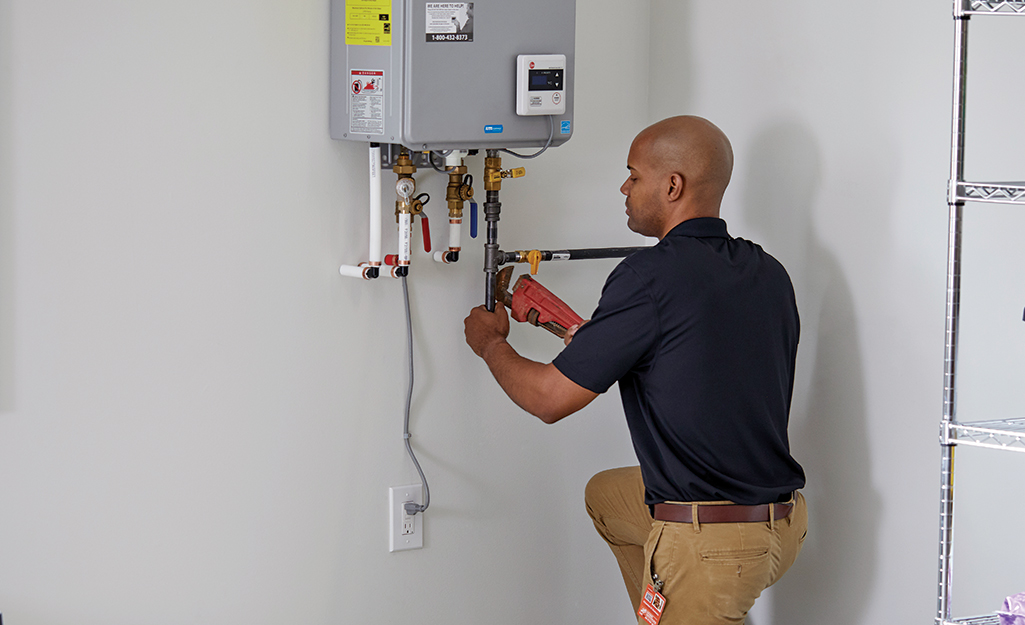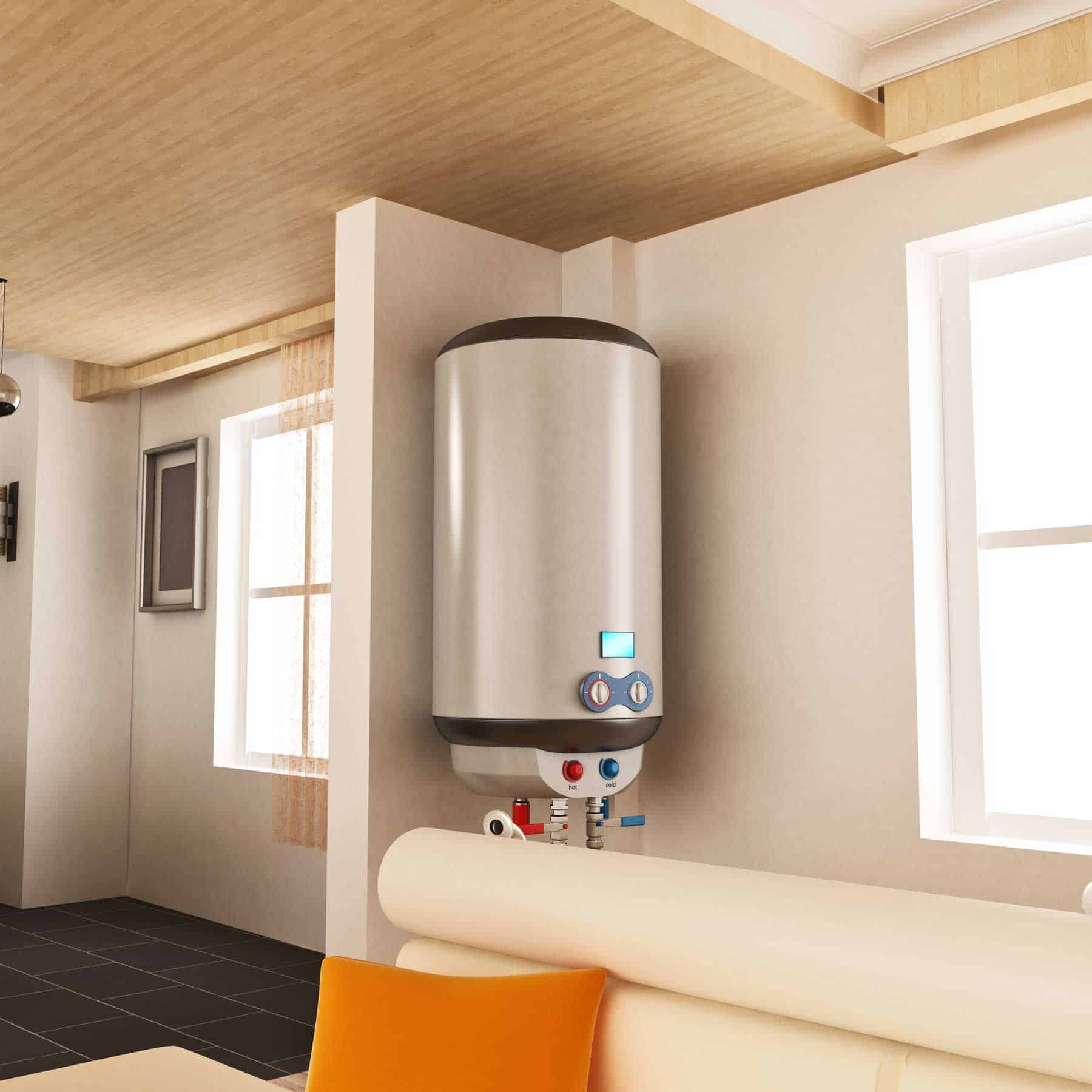We've stumbled upon this great article on What Kind of Maintenance Do Water Heaters Need? down the page on the web and think it made good sense to talk about it with you over here.

Warm water is vital for daily comfort, whether it's for a revitalizing shower or washing dishes. To guarantee your warm water system runs efficiently and lasts much longer, regular maintenance is vital. This post offers sensible pointers and insights on exactly how to maintain your home's hot water system to stay clear of disruptions and expensive repair work.
Introduction
Keeping your home's warm water system might seem difficult, however with a few simple steps, you can ensure it runs smoothly for many years ahead. This guide covers whatever from recognizing your warm water system to DIY maintenance tips and recognizing when to employ specialist assistance.
Relevance of Maintaining Your Warm Water System
Normal maintenance not just extends the life expectancy of your warm water system however also guarantees it operates effectively. Overlooking upkeep can result in decreased performance, higher power costs, and also early failing of the system.
Indications Your Hot Water System Demands Upkeep
Recognizing when your warm water system requires attention can protect against major problems. Keep an eye out for signs such as irregular water temperature, odd sounds from the heater, or rusty water.
Understanding Your Warm Water System
Before diving into upkeep jobs, it's practical to understand the standard elements of your hot water system. Typically, this includes the water heater itself, pipes, anode rods, and temperature level controls.
Monthly Upkeep Tasks
Normal month-to-month checks can aid capture small problems prior to they intensify.
Flushing the Hot Water Heater
Purging your hot water heater removes debris build-up, enhancing effectiveness and lengthening its life.
Monitoring and Changing Anode Rods
Anode poles avoid rust inside the container. Inspecting and replacing them when worn is vital.
Evaluating and Readjusting Temperature Settings
Readjusting the temperature settings guarantees ideal performance and security.
Do It Yourself Tips for Upkeep
You can perform several maintenance tasks yourself to keep your warm water system in leading problem.
Looking for Leaks
Consistently check pipelines and connections for leaks, as these can result in water damages and greater bills.
Checking Stress Alleviation Valves
Testing the pressure relief valve ensures it operates appropriately and avoids extreme pressure build-up.
Shielding Pipelines
Protecting hot water pipelines decreases warm loss and can conserve power.
When to Call an Expert
While DIY upkeep is beneficial, some issues call for professional know-how.
Complex Concerns Requiring Specialist Help
Examples include major leakages, electrical problems, or if your water heater is regularly underperforming.
Regular Expert Maintenance Benefits
Specialist maintenance can consist of thorough examinations, tune-ups, and making sure compliance with safety and security requirements.
Conclusion
Normal maintenance of your home's warm water system is necessary for efficiency, long life, and expense financial savings. By complying with these tips and understanding when to seek specialist help, you can make certain a trustworthy supply of hot water without unforeseen disruptions.
Water Heater Maintenance: The Basics
Maintaining your water heater will ensure it operates efficiently and has a longer lifespan. Neglecting regular maintenance can lead to costly repairs and an even bigger chunk of your savings if you have to replace it sooner than necessary. But there’s good news: Most water heater maintenance tasks are relatively simple and easy for homeowners with basic DIY skills.
Flush the Water Heater
Over time, sediment and minerals can build up in the tank, reducing its efficiency and potentially causing damage. To flush the tank, turn off the power or gas supply, attach a hose to the drain valve near the bottom and open the valve to drain the water until it runs clear. Ideally, flush the tank annually.
Replace the Anode Rod
The anode rod is a sacrificial metal rod that helps prevent corrosion inside the tank. Inspect and replace it every three to five years or per the manufacturer's recommendation. To replace the anode rod, turn off the power or gas supply, drain a few gallons of water from the tank, unscrew the old rod and replace it with a new one. If the anode rod is significantly corroded or covered in calcium buildup, it's a sign the water heater may need to be replaced soon.
Tune-Up
A yearly tune-up can help identify potential issues and ensure your water heater operates at peak efficiency. This typically involves checking the thermostat, burner assembly (for gas heaters) and any other components specified by the manufacturer. During a tune-up, the technician may also clean the burner and adjust the pilot light (for gas heaters) or examine the heating elements (for electric heaters).
How to Maintain Your Water Heater
- Insulate the tank. Insulating the tank can improve energy efficiency and reduce heat loss, saving you money on energy bills. You can purchase precut insulation blankets designed specifically for water heaters or use standard fiberglass insulation wrapped securely around the tank.
- Check the temperature. The recommended water temperature for most households is around 120 degrees Fahrenheit (49 degrees Celsius). Higher temperatures can increase energy costs and potentially cause scalding. Use a kitchen thermometer to check the temperature at the faucet nearest the water heater.
- Monitor water pressure. Excessive water pressure can strain the water heater and cause leaks or even tank failure. Install a pressure-reducing valve if necessary. The ideal water pressure range is between 60 and 70 PSI (pounds per square inch).
- Test the temperature and pressure (T&P) relief valve. The T&P relief valve is a safety feature that releases pressure if the tank gets too hot or the pressure builds up too high. Test it annually by lifting the lever and allowing a small amount of water to release. Replace the valve if it doesn't release water or reseal properly.
- Check for leaks. Regularly inspect the tank, pipes and fittings for leaks or corrosion. Deal with issues promptly to prevent further damage. Even a small leak can lead to significant water damage over time.
- Consider a tankless water heater. If your traditional tank-style water heater is nearing the end of its lifespan ( typically 10 years), consider replacing it with a tankless water heater. These units heat water on demand, reducing standby energy losses and potentially saving you money on your energy bills.
- Schedule professional maintenance. While homeowners can perform many water heater maintenance tasks, it's still a good idea to schedule professional maintenance every few years. A plumber or HVAC technician can thoroughly inspect the unit, identify potential issues and ensure it operates safely and efficiently.
https://www.homeserve.com/en-us/blog/home-improvement/hot-water-heater-maintanence/

I ran across that review about How to Maintain Your Water Heater & Prolong its Life while doing a search on the internet. Loved our posting? Please quickly share it. Let somebody else find it. Thank-you for taking the time to read it.
Get An Estimate
Comments on “Essential Guidance on Caring for Your Home's Hot Water System”